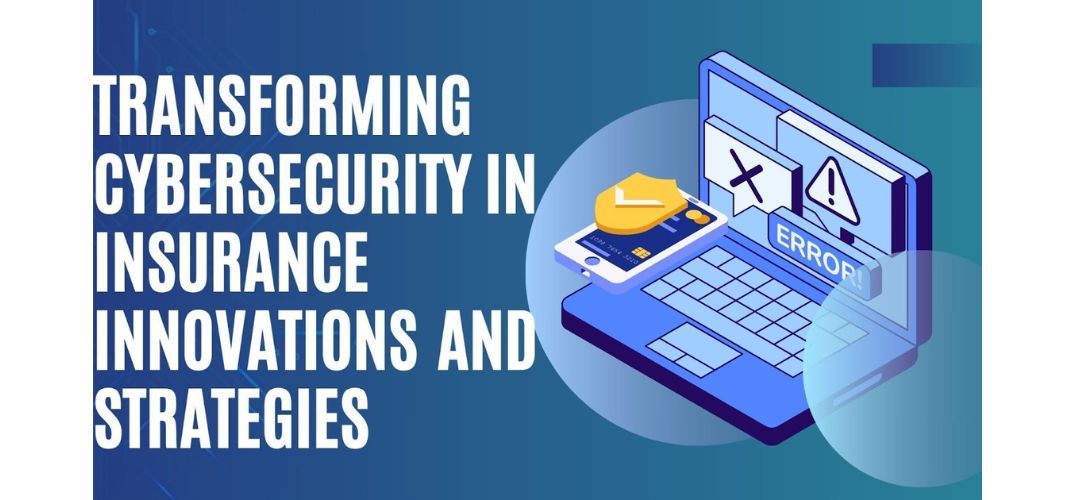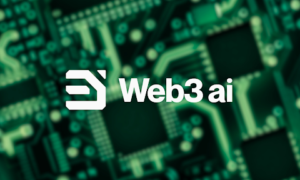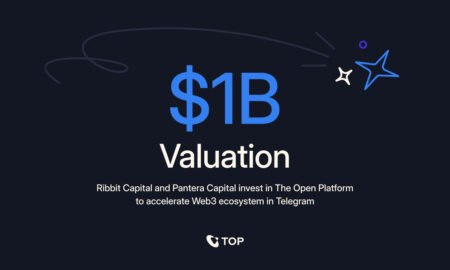In a rapidly evolving digital insurance landscape, Kanaka Maheswara Rao Chennuri’s innovative cybersecurity strategies are redefining the industry’s resilience against emerging threats. This research delves into advanced techniques in data protection, proactive threat detection, and robust risk mitigation, emphasizing their critical role in safeguarding sensitive information. These transformative innovations address the growing complexity of cyber threats, ensuring enhanced security and operational continuity.
Building a Fortress: Data Protection Methodologies
The insurance industry handles vast amounts of sensitive personal and financial data, making robust data protection essential. Advanced encryption protocols, such as AES-256 for data at rest and TLS 1.3 for secure data transmission, ensure high standards of confidentiality and integrity. Dynamic data masking safeguards sensitive information while preserving its usability for analytics. Privacy-preserving technologies like homomorphic encryption enable computations on encrypted data without exposing it, maintaining both security and efficiency. Combined with adaptive governance frameworks, these measures demonstrate the industry’s dedication to protecting sensitive information and ensuring compliance with evolving regulations.
Detecting and Neutralizing Threats
The advancement of threat detection systems has become crucial for insurers combatting increasingly sophisticated cyber threats. Modern systems combine signature-based and anomaly-based detection methods, utilizing artificial intelligence to identify novel attack patterns in real time. Enhanced Security Information and Event Management (SIEM) solutions now process massive datasets, correlating events to detect potential security incidents with greater accuracy. Meanwhile, Security Orchestration, Automation, and Response (SOAR) platforms streamline incident containment and remediation, enabling faster responses. Together, these technologies bolster insurers’ resilience, safeguarding sensitive data and mitigating risks more effectively.
The Human Factor: Strengthening the Weakest Link
Human error continues to be a significant contributor to cybersecurity breaches. Insurance companies are combating this through immersive training programs and continuous learning platforms that adapt to emerging threats. Phishing simulations and gamified learning experiences enhance employee preparedness, while metrics like compliance scores and response rates provide actionable insights into organizational security awareness. By fostering a culture of vigilance, insurers aim to minimize vulnerabilities associated with human behavior.
Zero Trust: Rethinking Access Control
The adoption of Zero Trust Architecture marks a paradigm shift in access control strategies. Moving beyond traditional models, this framework enforces continuous verification for every user and device, regardless of location. Techniques like microsegmentation, behavioral analytics, and just-in-time access provisioning ensure that access is granted securely and efficiently. Despite challenges with legacy systems and user experience, the integration of Zero Trust principles is redefining how insurers protect their digital ecosystems.
Advancing Incident Response Frameworks
Incident response in the insurance sector has evolved into a robust, cyclical process focused on proactive preparation, swift action, and continuous improvement. Advanced threat intelligence and real-time monitoring tools empower organizations to detect and analyze security incidents with unprecedented speed and accuracy. Automated containment measures, supported by resilient recovery protocols, ensure minimal disruption to operations and customer services. Post-incident forensic analysis, enriched by machine learning algorithms, facilitates root cause identification and predictive insights, reducing future risks. This adaptive approach strengthens the industry’s overall security framework and enhances its ability to mitigate emerging threats.
Future Horizons: Innovation Amid Challenges
Emerging technologies, including artificial intelligence (AI) and quantum computing, represent a dual-edged sword for cybersecurity. AI enhances threat detection, predictive analysis, and automated response, offering unparalleled defense capabilities. However, quantum computing poses risks to current encryption standards, prompting the urgent need for quantum-resistant cryptography. Simultaneously, innovations like blockchain and smart contracts are revolutionizing secure transactions and policy automation by ensuring transparency, immutability, and efficiency. As these technologies evolve, cybersecurity experts must adapt rapidly, balancing the integration of advanced tools with the mitigation of emerging vulnerabilities to safeguard digital ecosystems.
In conclusion, Kanaka Maheswara Rao Chennuri’s research underscores the insurance industry’s pivotal role in navigating the dual challenge of being both a prime target for cyber threats and a key provider of risk management solutions. By championing innovative security frameworks and harnessing the potential of emerging technologies such as AI, blockchain, and advanced analytics, insurers can effectively protect sensitive data, mitigate evolving threats, and enhance operational resilience. These advancements not only safeguard trust but also lay the groundwork for a secure, adaptable, and thriving future in the insurance sector.



































